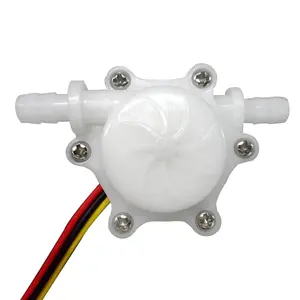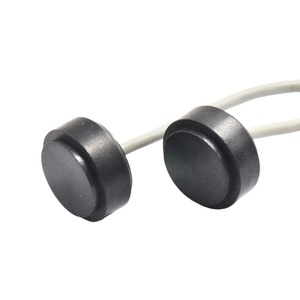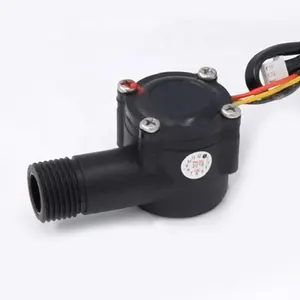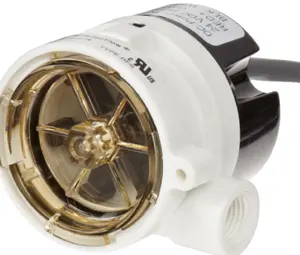Understanding Flow Rate Sensors
Flow rate sensors are integral components in various industrial and commercial applications, designed to measure the movement of fluids and gases. These sensors, also known as flow meters, are critical in monitoring and controlling the rate at which a fluid or gas passes through a system. This introduction delves into the intricacies of flow rate sensors, their types, and their applications.
Types of Flow Rate Sensors
The diversity of flow rate sensors is vast, with each type tailored to specific applications. Air flow rate sensors are commonly used in HVAC systems to ensure optimal air quality and energy efficiency. In contrast, ultrasonic flow rate sensors offer non-invasive measurement by using high-frequency sound waves, ideal for sensitive applications. For liquid measurements, water flow rate sensors and fuel flow rate sensors are widely utilized in environmental monitoring and automotive industries, respectively. Liquid flow rate sensors are versatile tools for measuring the flow in various liquid systems, ensuring precise process control.
Applications and Features
Flow rate sensors are pivotal in numerous sectors. In the medical field, for instance, low flow rate sensors are essential for administering precise volumes of gases or liquids. Industrial applications often rely on gas flow rate sensors to monitor and control processes, ensuring safety and efficiency. For hobbyists and developers, an arduino flow rate sensor provides a programmable platform to integrate flow measurement into projects.
The features of these sensors vary, with some offering digital interfaces for easy monitoring, such as water flow rate monitors, while others, like water velocity meters, provide insights into the speed of fluid movement. The adaptability of these sensors allows for a broad range of uses, from simple monitoring to complex control systems.
Materials and Advantages
Flow rate sensors are constructed from a variety of materials, each selected for its compatibility with the fluid or gas being measured. Durability, resistance to corrosion, and minimal maintenance are some of the advantages these materials offer. The design of a fluid flow rate sensor typically involves robust materials that can withstand harsh conditions without compromising accuracy.
Choosing the Right Sensor
Selecting the appropriate flow rate sensor requires an understanding of the specific application. Factors such as fluid type, flow rate, and environmental conditions play a crucial role in determining the most suitable sensor. It is essential to consider the technical specifications, such as measurement range and accuracy, to ensure the sensor meets the application's needs.
Conclusion
In conclusion, flow rate sensors are vital for accurate and efficient flow measurement in various industries. With a range of types and applications, these sensors provide the functionality required for precise control and monitoring. While Alibaba.com does not endorse specific products, the platform offers a comprehensive marketplace for sourcing a wide array of flow rate sensors to meet diverse industrial needs.



























 浙公网安备 33010002000092号
浙公网安备 33010002000092号 浙B2-20120091-4
浙B2-20120091-4